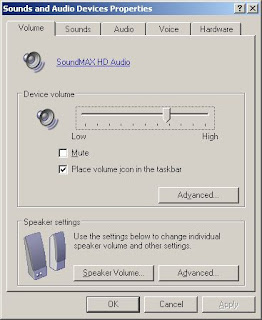Unfortunately, if I don't maintain some documentation on the network, it becomes counter productive to depend on it to test specific features and conditions.
So Visio is an obvious solution, but one thing bugged me. When I dropped a text field on the diagram to hold some basic interface info, like:
R1
F0/0 = 10.101.10.51 / 24
S1/0 = 192.168.1.1 / 30
S½ = 192.168.1.13/30
the IP interfaces with port numbers that can be considered a common fraction (i.e. 1/2 above) get converted to tiny little depictions of fractions. This isn't the worst thing in the world, but does get distracting on a large scale.

Visio does this by default (at least my Visio 2003 version). If you navigate to Tools | AutoCorrect Options and then to the AutoFormat As You Type tab, you'll find a check mark to convert fractions to fraction characters.
Uncheck and you're done.
